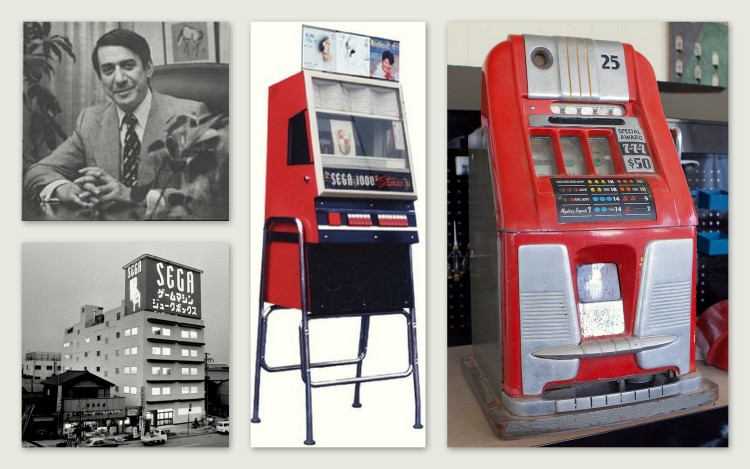The History of Sega Japan R&D Part 5: The Road to 2020 is Complete
It was 2015 when I posted the four part retrospective of Sega of Japan’s game development. 2015 was the year where they announced a new initiative and went as far as to make their previous corporate divisions their own separate companies. Such as Sega Games, Sega Interactive for arcades and so on (which they are already undoing again in April). Sega Game’s new president, Haruki Satomi, promised that he would right the wrongs of the past, gain back the trust of consumers and also shareholders with their “Road to 2020” initiative. Of course this encompasses the evolution of their Japanese in-house studios, which are arguably the core of Sega.






